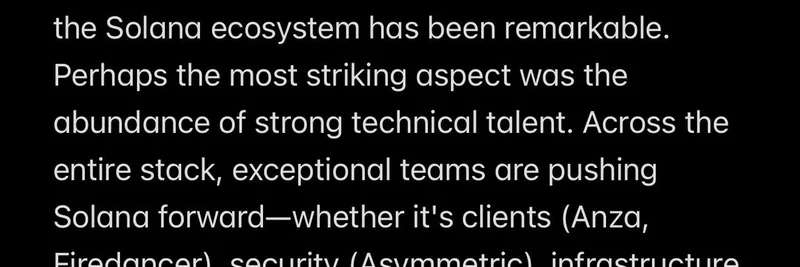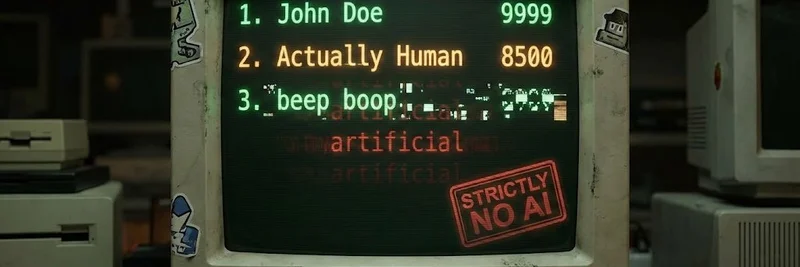Hey there, meme coin enthusiasts and blockchain buffs! If you’ve been keeping an eye on the crypto space, you’ve probably noticed how fast things are evolving. Today, we’re diving into a fascinating thread from Jarry Xiao on X (@jarxiao), where he breaks down the shift from traditional Central Limit Order Books (CLOBs) to the next generation of Automated Market Makers (AMMs). Let’s unpack this in a way that’s easy to digest, even if you’re new to the game!
What Are CLOBs, Anyway?
First off, let’s talk about CLOBs. Think of them as the vending machines of traditional finance. You put in your order (buy or sell), and the system matches it with someone else’s based on price and time. Jarry points out that CLOBs are super straightforward—every price level has a fixed supply, and when you “cross” an order, it’s like grabbing a snack from that vending machine. This simplicity is why they’ve been a staple in traditional markets, but it also means a lot of smart folks are stuck optimizing these systems instead of dreaming up something new.
The Crypto Game-Changer: Programmable Ledgers
Here’s where crypto shakes things up. With programmable asset ledgers, we’re not just playing within the rules of existing systems—we’re rewriting them! Jarry highlights how this opens the door to experimenting with matching engine designs. One big name leading the charge? Uniswap, which brought AMMs to the mainstream. These automated market makers use liquidity pools instead of order books, making it easier to trade even the quirkiest long-tail assets (think niche meme coins!).
But AMMs aren’t perfect. For highly liquid markets where tight spreads and deep order books matter, vanilla AMMs can struggle. That’s where the innovation kicks in.
Next-Gen AMMs: Tailored for the Future
Jarry shines a spotlight on some exciting projects tackling these limitations. Take gavelxyz, which has cooked up a sandwich-resistant AMM built for Solana’s unique block production and leader rotation. It’s a clever twist on the classic xy=k model, designed to dodge those pesky front-running tricks. Then there’s SolFiAMM, which takes a different approach, offering competitive on-chain prices for liquid spot assets by making unique trade-offs compared to CLOBs.
What’s cool here is crypto’s permissionless nature. Unlike traditional finance, where change moves at a snail’s pace, the blockchain world lets builders iterate fast. This means we’re moving away from one-size-fits-all solutions toward market designs crafted for specific assets, chains, and use cases.
Why This Matters for Meme Token Fans
If you’re into meme tokens, this evolution is a big deal. Projects like these could make trading your favorite coins smoother and more efficient, whether you’re swapping Dogecoin or hunting for the next Shiba Inu. Plus, with the community buzzing about this thread (check out the replies for some spicy takes!), it’s clear the crypto world is hungry for these advancements.
The Bigger Picture
Jarry’s thread isn’t just tech talk—it’s a peek into the future of finance. As decentralized finance (DeFi) grows, these purpose-built market structures could redefine how we trade. So, next time you’re scrolling X for meme coin gossip, keep an eye on how these innovations might impact your portfolio!
Got thoughts on CLOBs vs. AMMs? Drop them in the comments—we’d love to hear from you! And if you’re curious about more blockchain breakthroughs, stick with meme-insider.com for the latest scoops.



